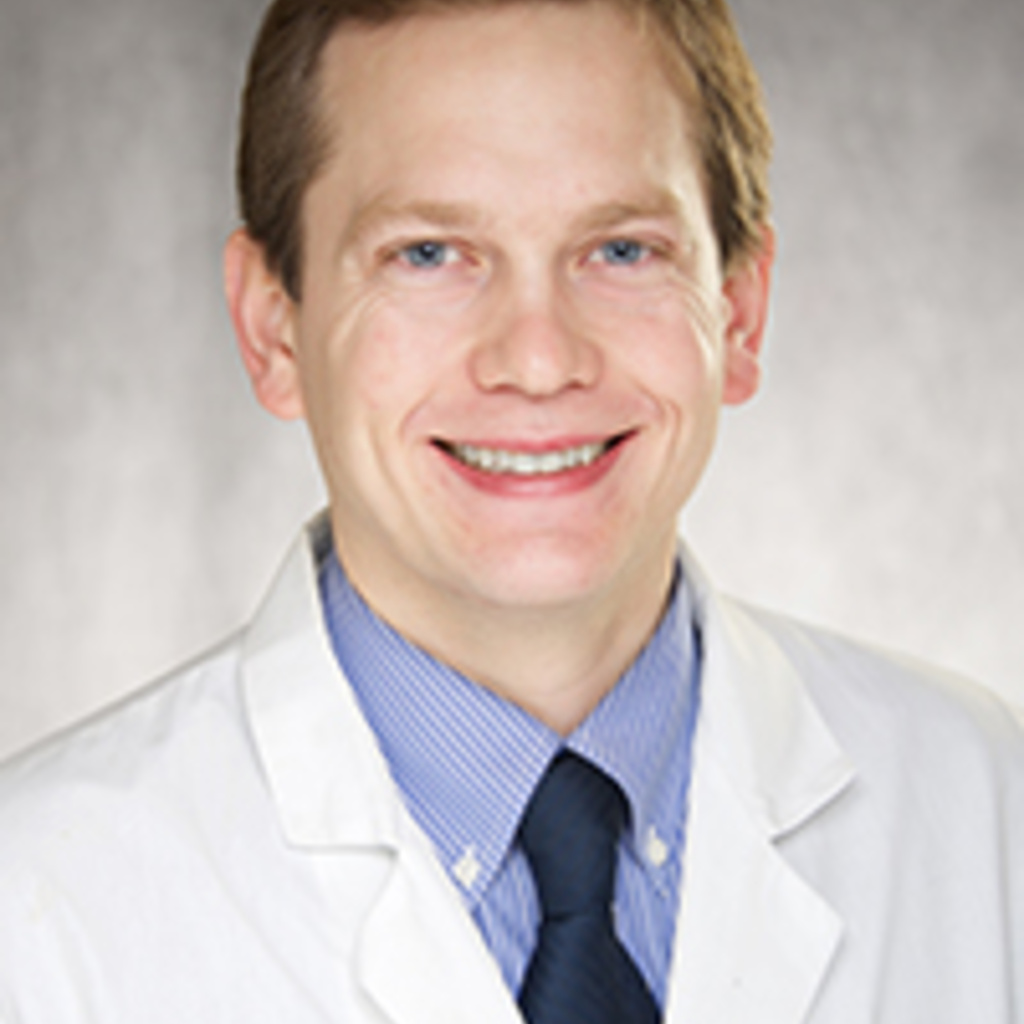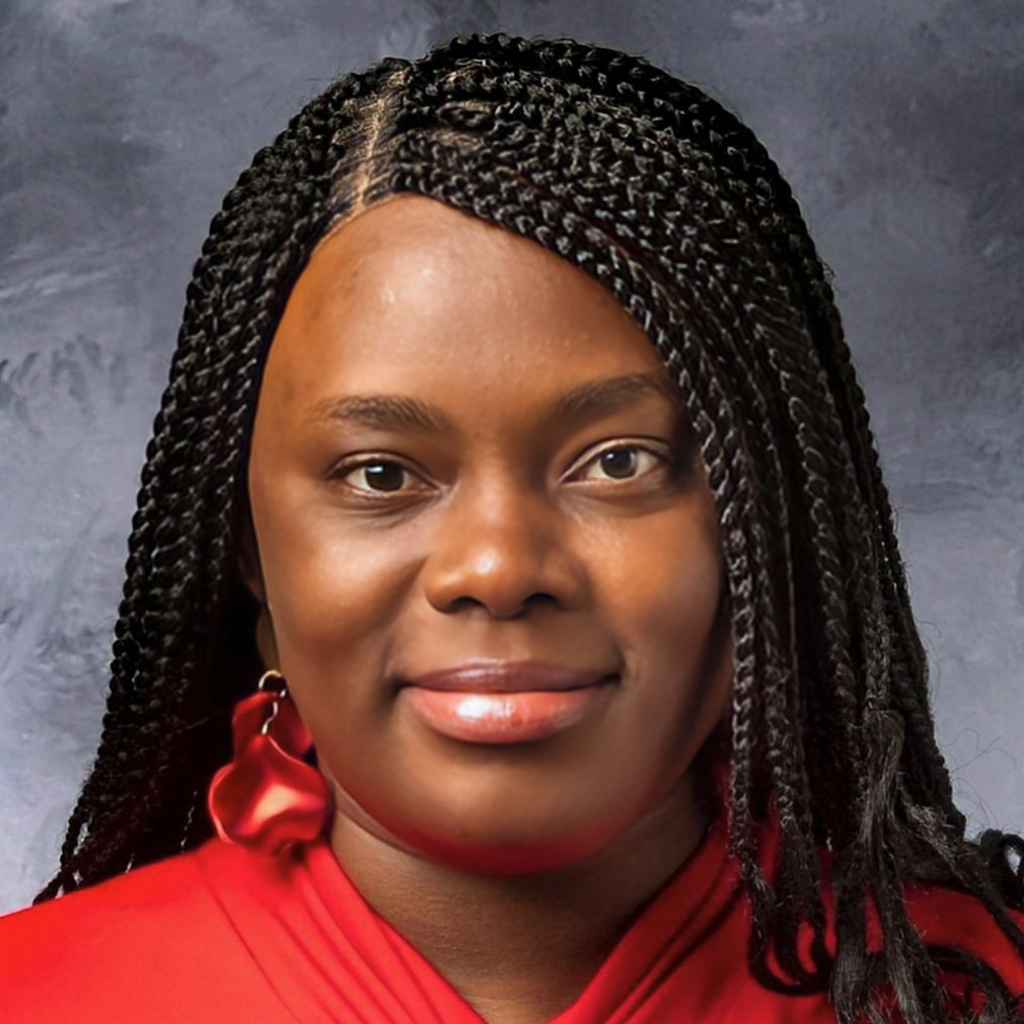Faculty

Lane Strathearn, MBBS FRACP PhD
Research Team

Allan Andersen, MD
Dr. Allan Andersen provides psychiatric care for children and adults with ASD and ID. He participates in ASD team evaluations at the CDD. Academically, he's published on safety related to elopement, sometimes called "wandering", in ASD and conducted IRB-approved research on the delivery of diagnostic ASD services via telemedicine. He also collaborates on psychiatric genetic and epigenetic investigations with other researchers in our department.
Ali McCue, M.A., CCC-SLP

Dieudonne Kavuala, MD
Dr Kavuala is a Research Intern at the Attachment and Neurodevelopment Lab, directed by Dr. Lane Strathearn. His work involves contributing to several longitudinal studies, including examining the roles of social experiences and epigenetic changes in ASD and quantifying social-visual engagement in children with ASD.

Joy Edeh, MBBS, MS
Joy is a graduate student in the Department of Epidemiology, College of Public Health at the University of Iowa. Her research in the lab has focused on early life predictors of addiction in mothers.

John Pienta, MD
Dr. Pienta graduated from Carver College of Medicine at the University of Iowa. He is interested in furthering research in child development, neuroscience, and data science. He spends his time outside the lab with his wife and three children, and enjoys music, mathematics, reading, writing, rucking, and meditation.

Anya Nanjappa
Anya is a third-year student studying Psychology on the Pre-medicine track. She hopes to one day deliver healthcare to pediatric populations in underrepresented areas. Outside of lab, Anya enjoys watching movies and trying new cuisines
